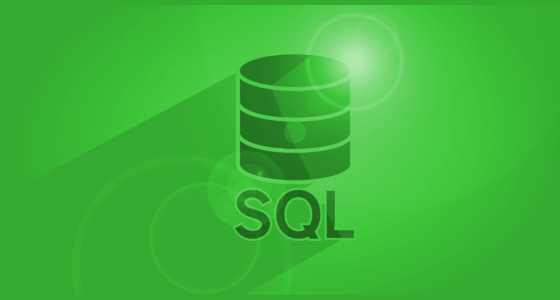Hosted DB Administration
Most developers put off learning how to properly manage a production database service until a major problem occurs. We will save you this pain, and teach you ahead of time how to:
- Create and restore from backups (including restoring to a specific point-in-time!)
- Clone your production data, for use in a staging or development environment
- Monitor CPU usage, and identify excessively costly queries
-
Hosted DB AdministrationCommand line and backup
While the GUI tools we have been using are most developers’ first choice when it comes to DB tools, when working with production systems you’ll often end up using SSH in a machine that’s not accessible from the outside world. We’ll learn a couple of common tasks relating to database setup, analysis and maintenance — all of which can be done from a POSIX-compliant command line.
-
Hosted DB AdministrationPerformance and optimization
Particularly if you are using a high-performance backend language that allows a very high degree of concurrency, your database may end up becoming your #1 performance bottleneck. We’ll look at:
- a couple of “first pass” optimizations you can perform on your production database,
- an auditing tool you can use to keep track of costly queries,
- setting up a read-only replica that you can hit hard without disrupting your primary database server.
-
Hosted DB AdministrationWrap Up
We'll recap everything we've learned today, and talk about resources for continued education.
